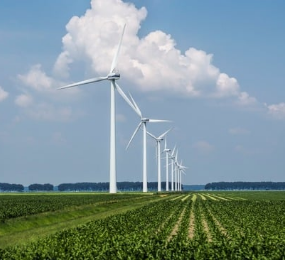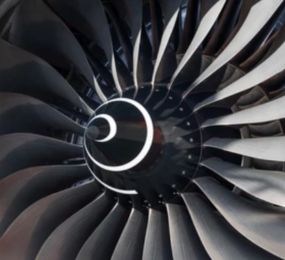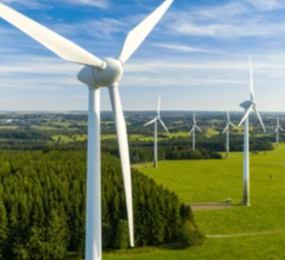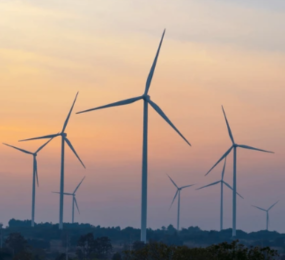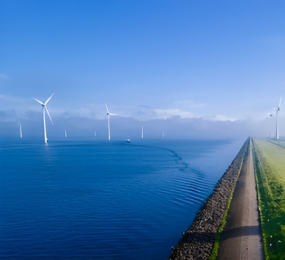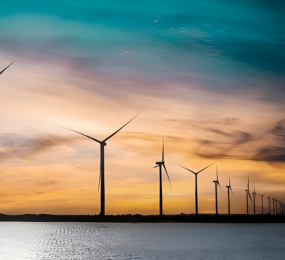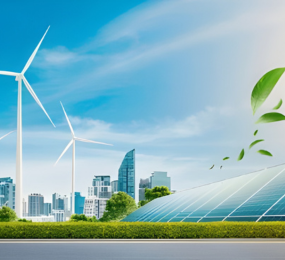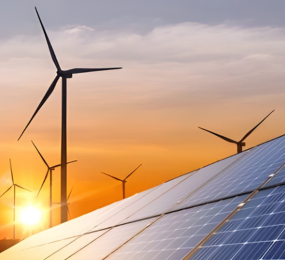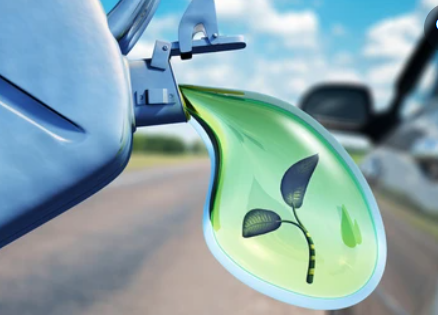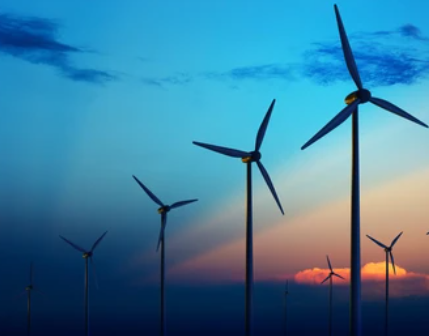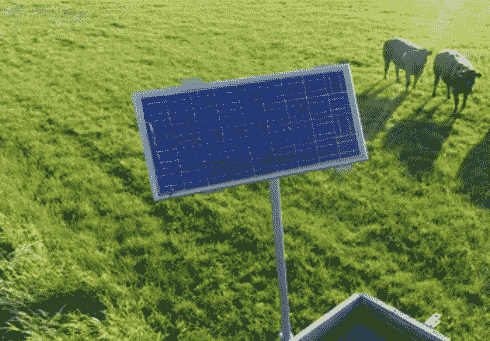Wind Turbine Blades: The Materials That Power a Cleaner Future and the Challenge of Recycling Them
The sight of wind turbines dotting the horizon has become a symbol of progress. Their tall towers and long blades slicing through the air speak of a future powered by clean, renewable energy. But behind this symbol lies a quieter, more complex challenge what happens to those blades when their job is done?
Wind turbine blades are engineering marvels. Built to withstand the harshest weather for over two decades, they’re light, strong, and durable. But it’s those very qualities that make them hard to recycle.
What Are Wind Turbine Blades Made Of?
The average blade is made from composite materials, usually a mix of fiberglass, epoxy resin, and sometimes carbon fiber. These materials give blades the perfect combination of stiffness and flexibility, enabling them to capture wind efficiently without breaking under stress.
Fiberglass-reinforced plastic is the most common. It’s lightweight, doesn’t corrode, and is relatively inexpensive. Carbon fiber offers higher strength and reduced weight but comes at a much higher cost, so it’s typically used only in the largest turbines or in performance-critical components.
These materials are laid in layers and molded into aerodynamic shapes, then baked in massive ovens to harden. The result is a structure designed to endure 20 to 30 years of constant motion, weathering storms, sun, snow, and extreme temperatures.
The Recycling Dilemma
As more turbines reach the end of their life, the question of blade disposal has become urgent. Unlike steel towers and copper wiring, turbine blades can’t simply be melted down or repurposed easily. Their complex material makeup especially the resin and fiber composites makes traditional recycling methods ineffective or uneconomical.
For years, many retired blades ended up in landfills. Some were cut up and buried; others were incinerated. But neither solution aligns with the spirit of renewable energy.
Now, change is in the air.
Innovating for a Circular Wind Industry
Across the industry, companies and researchers are working on ways to recycle blades responsibly. One promising method involves breaking down composite materials using high-temperature processes to reclaim the fibers. Others are experimenting with chemical recycling, where the resins are dissolved and separated for reuse.
Some retired blades are being repurposed creatively as structural materials in pedestrian bridges, public benches, or even playgrounds. These upcycling projects extend blade lifespans while reducing environmental impact.
Looking ahead, the next generation of blades may be built with recyclability in mind. Thermoplastic resin systems, which can be reheated and reshaped, offer a potential solution to the current end-of-life challenge.
Takeaway
Wind turbine blades are built to endure but not forever. As the wind energy sector grows, so does its responsibility to manage materials sustainably. Through innovation, collaboration, and smarter design, the industry is now turning its attention to what happens after the wind stops blowing and working to ensure that clean energy stays clean from start to finish.
Learn more on our website: https://www.leadventgrp.com/events/3rd-annual-wind-blade-materials-and-recycling-forum/details
For more information and group participation, contact us: [email protected]
Leadvent Group - Industry Leading Events for Business Leaders!
www.leadventgrp.com | [email protected]




